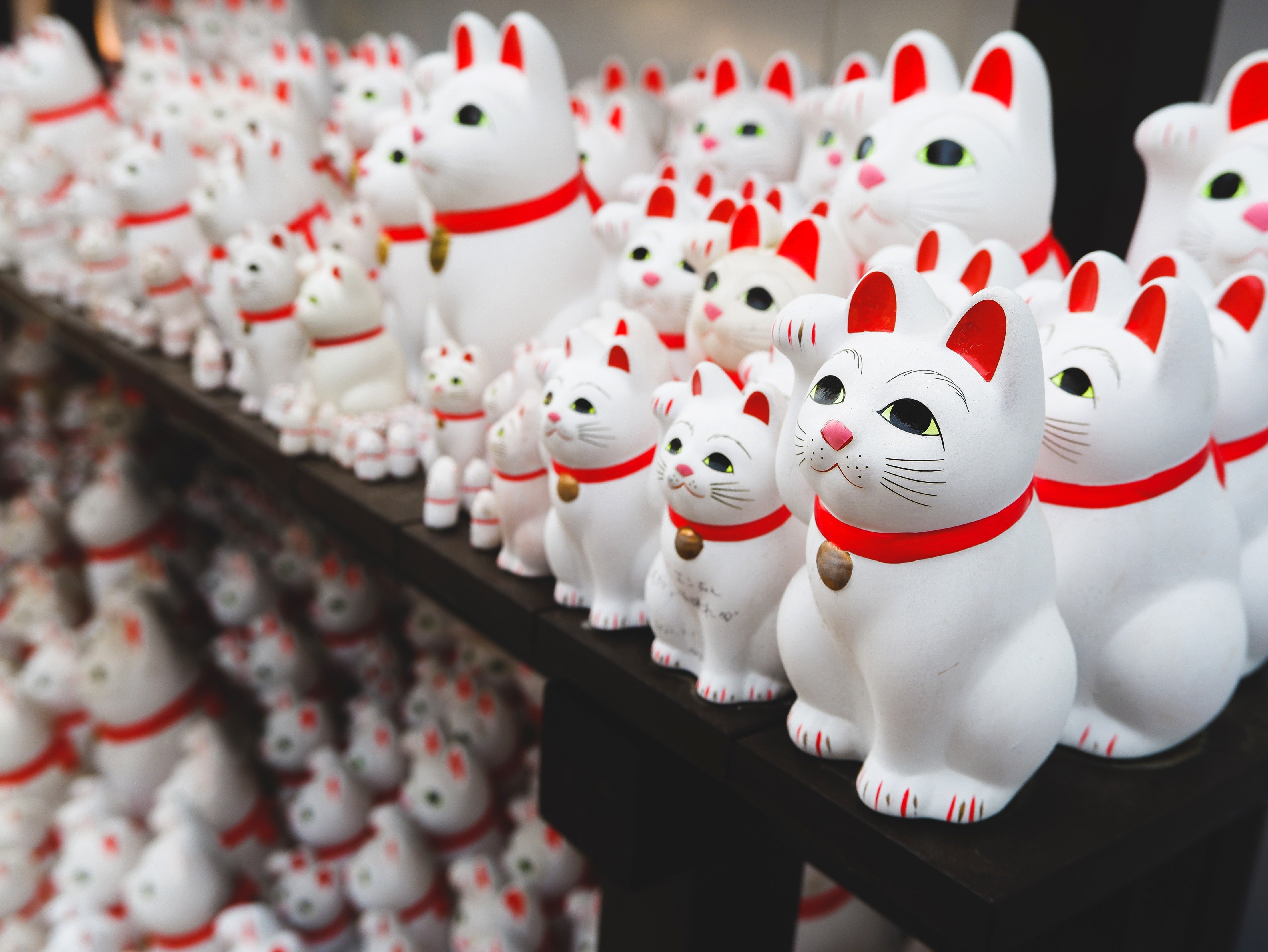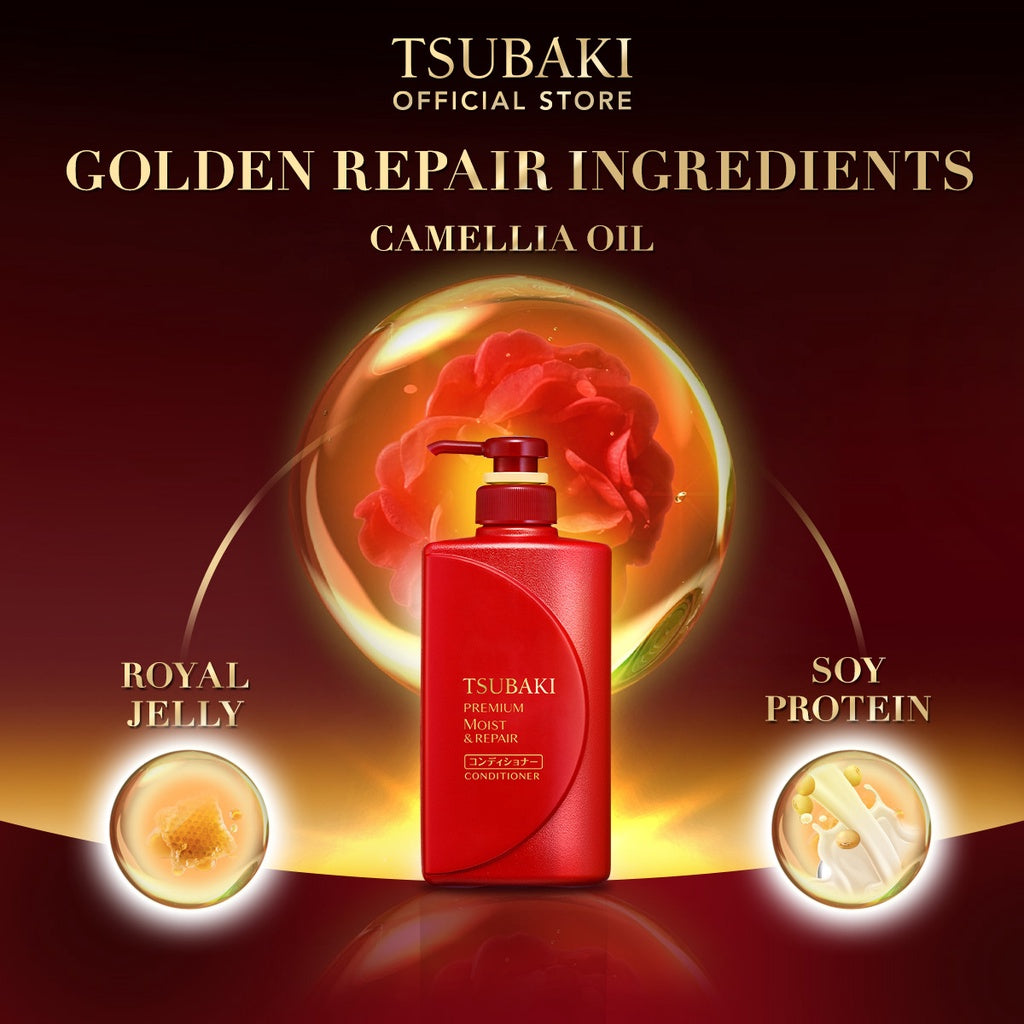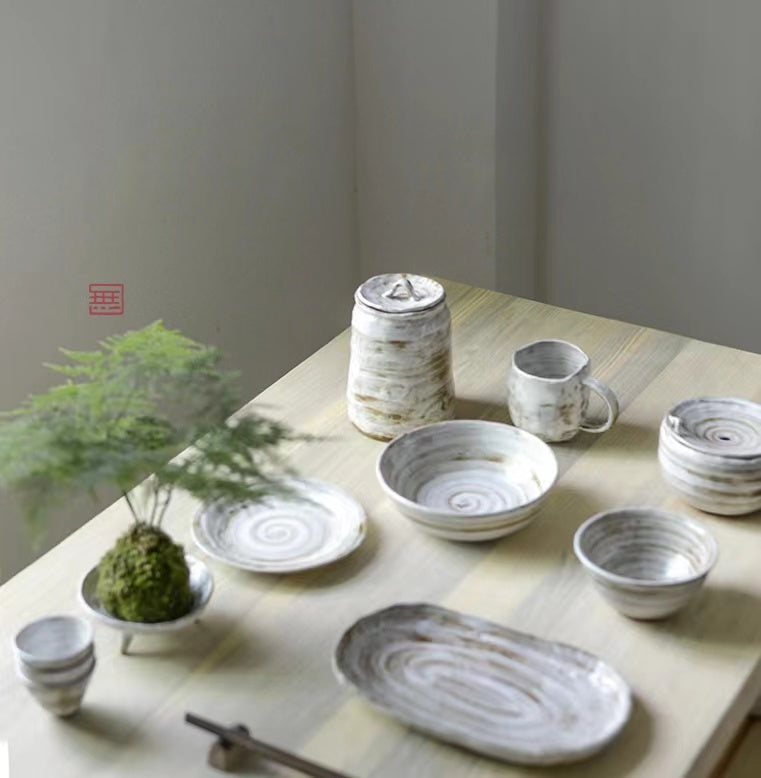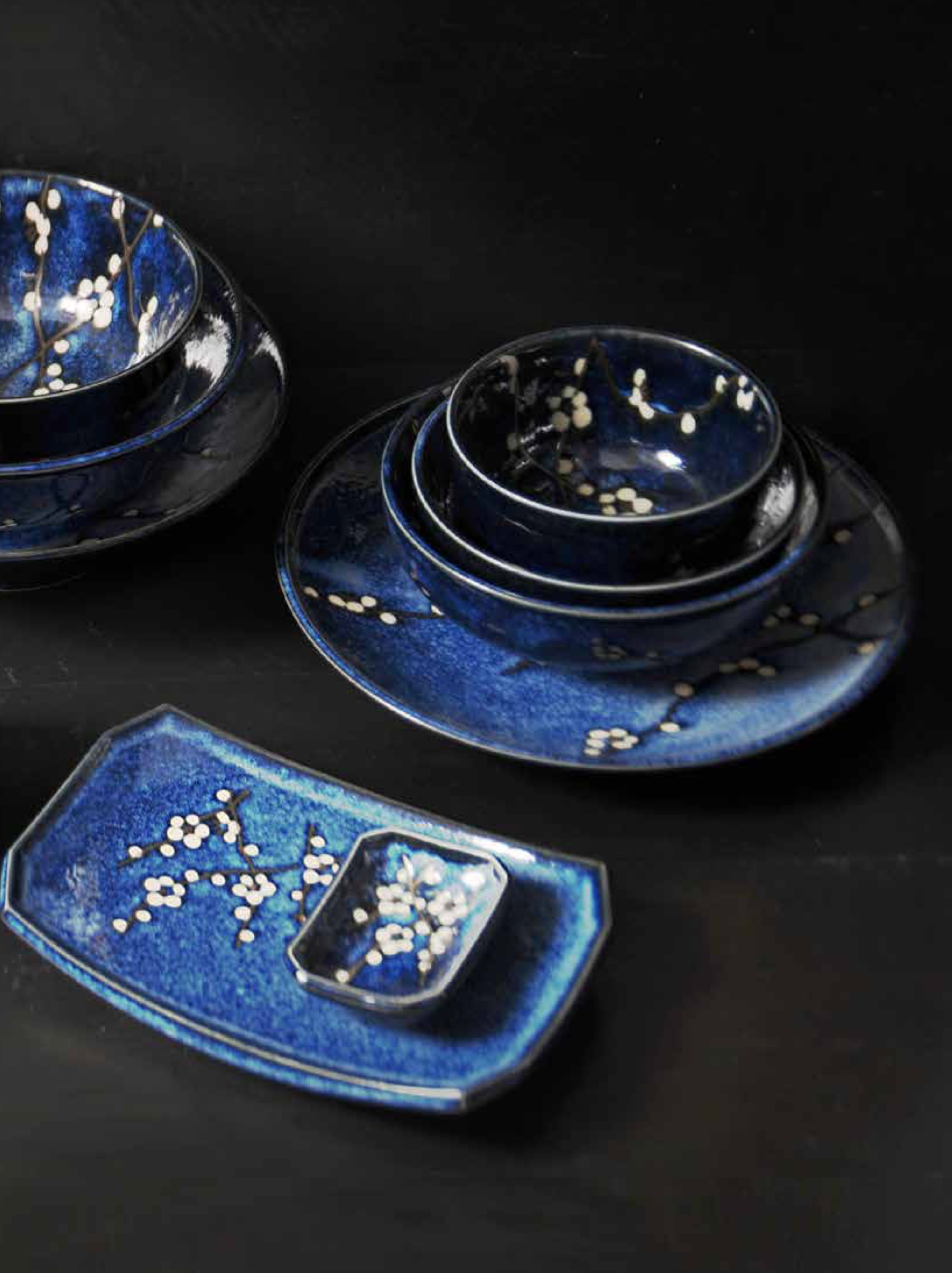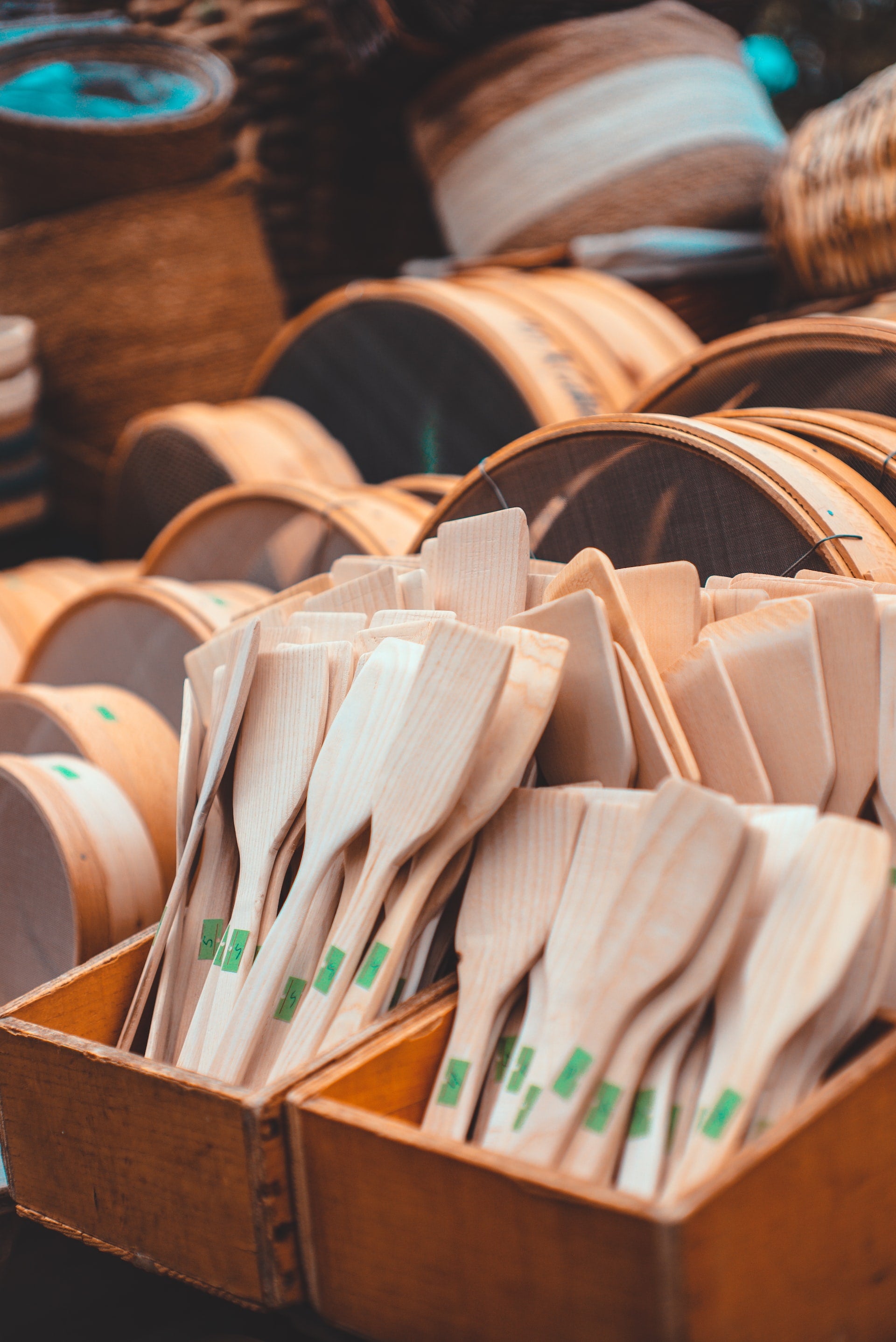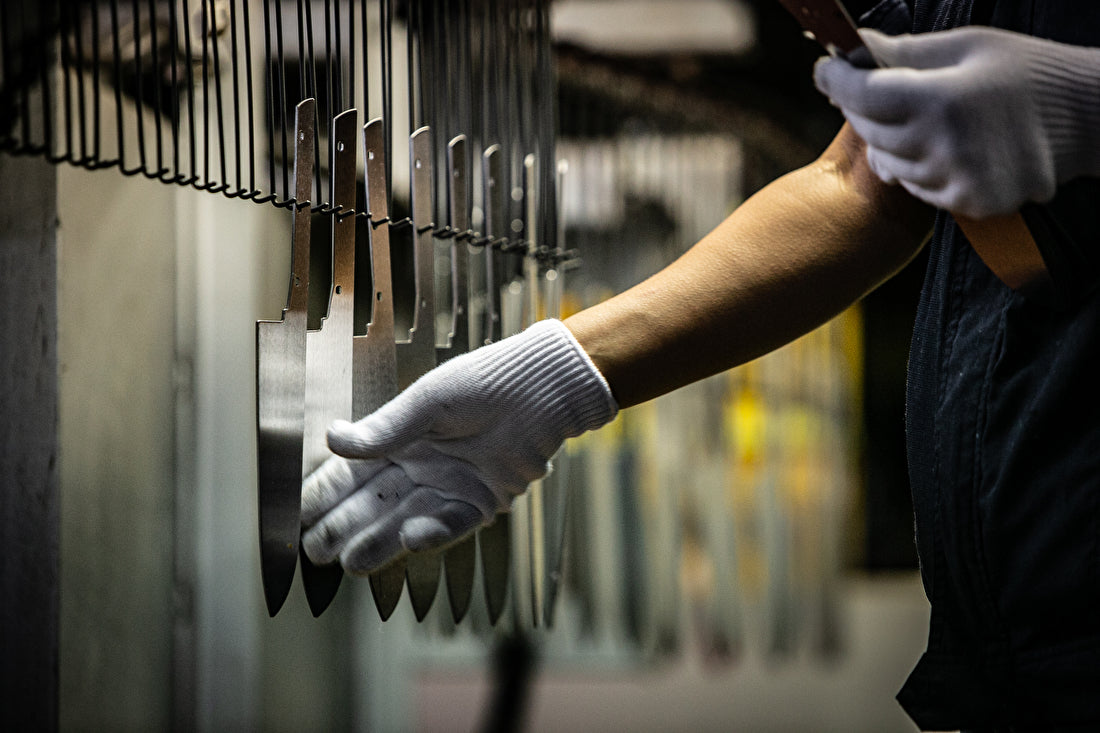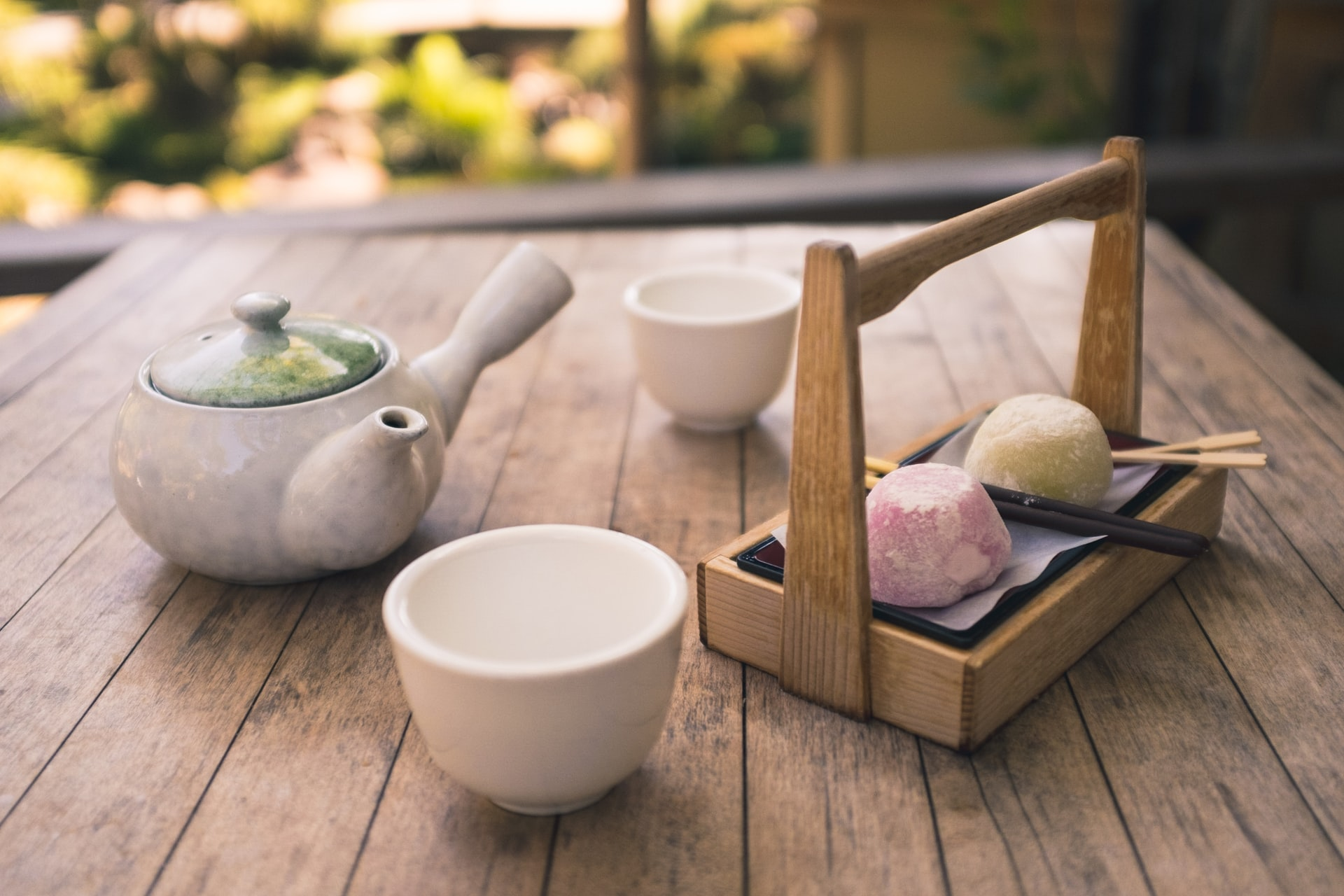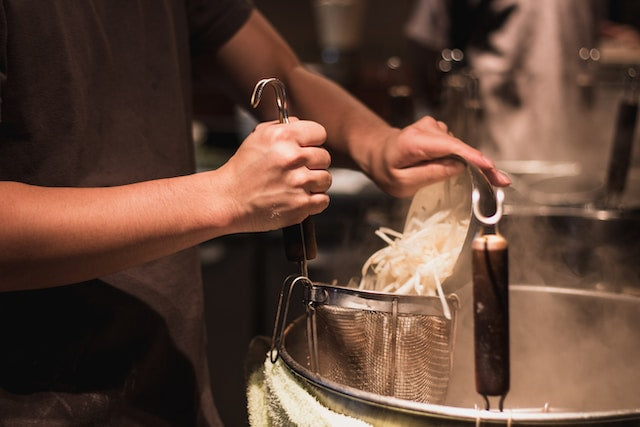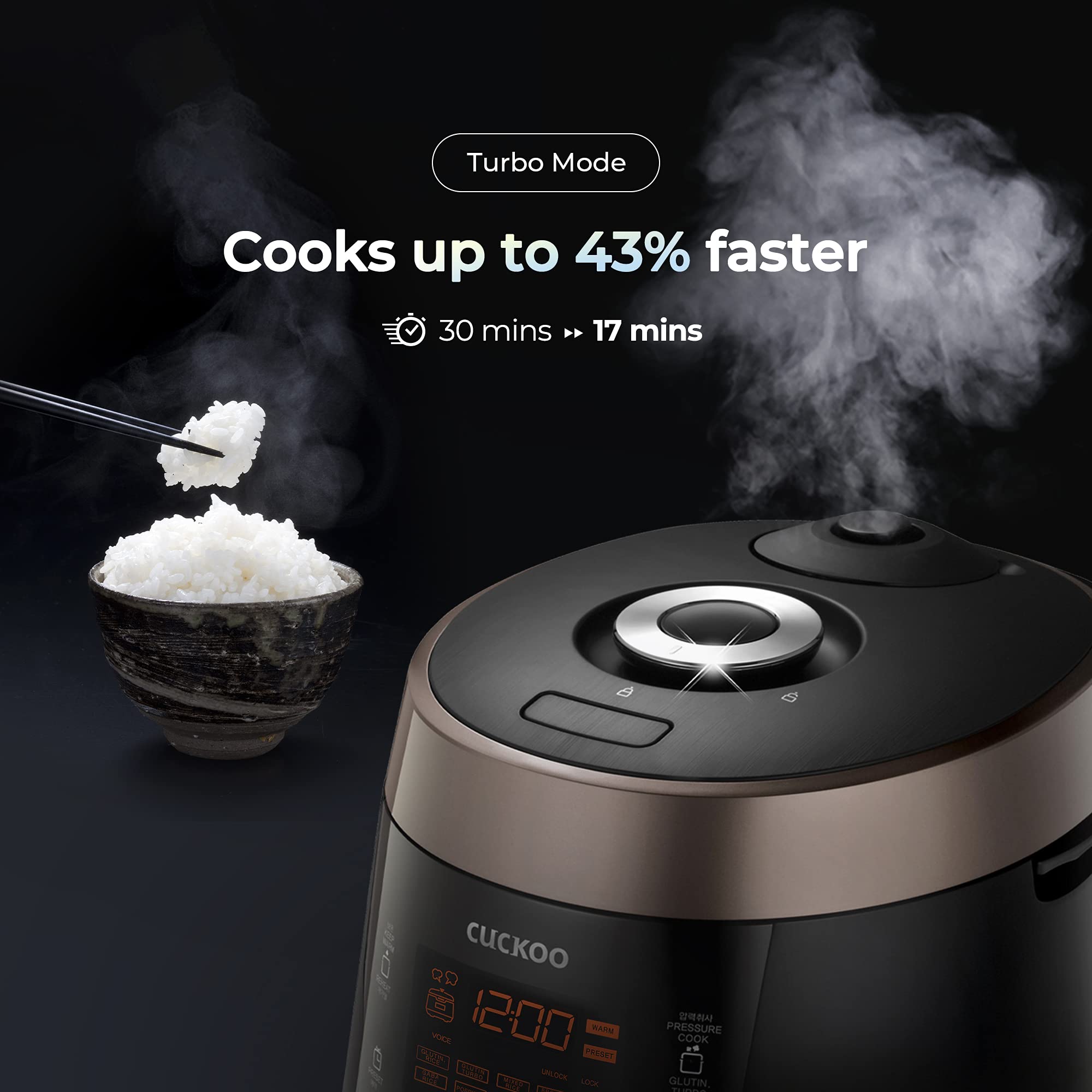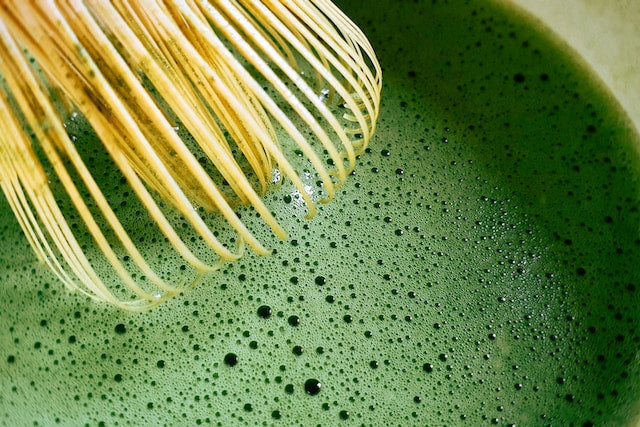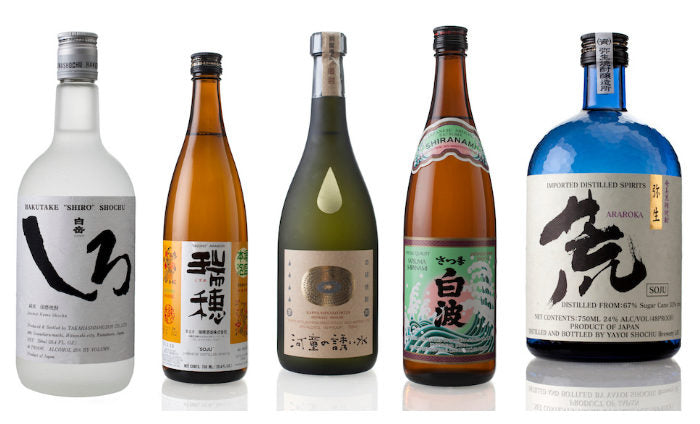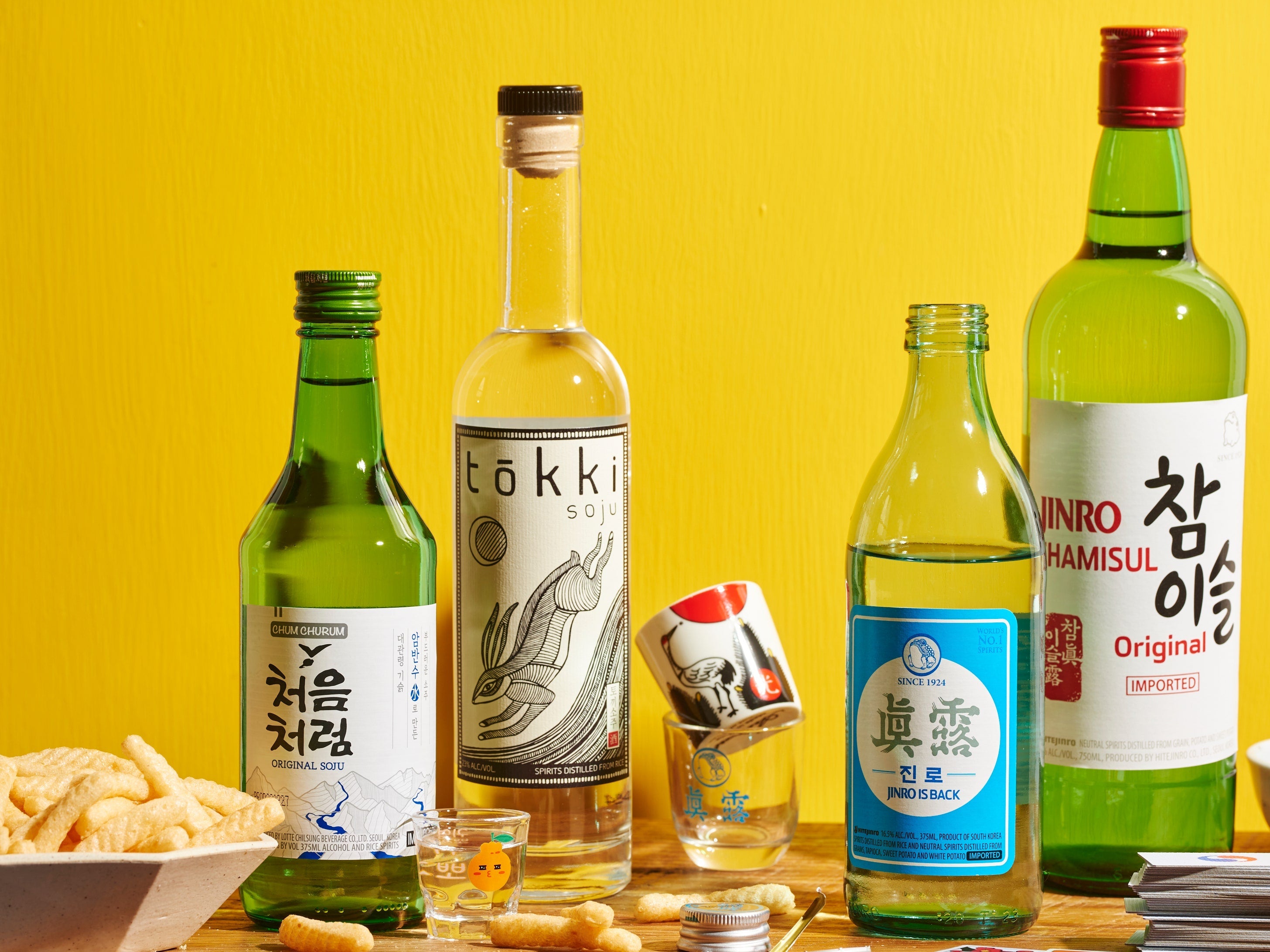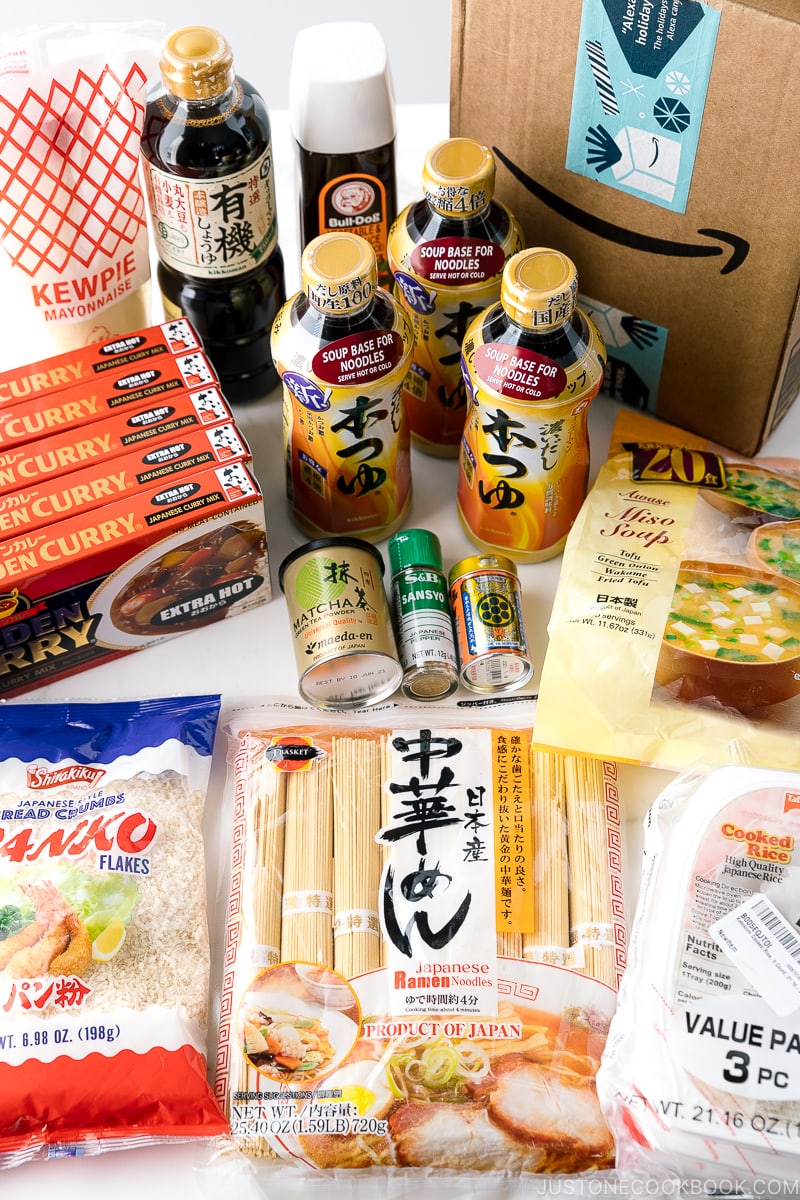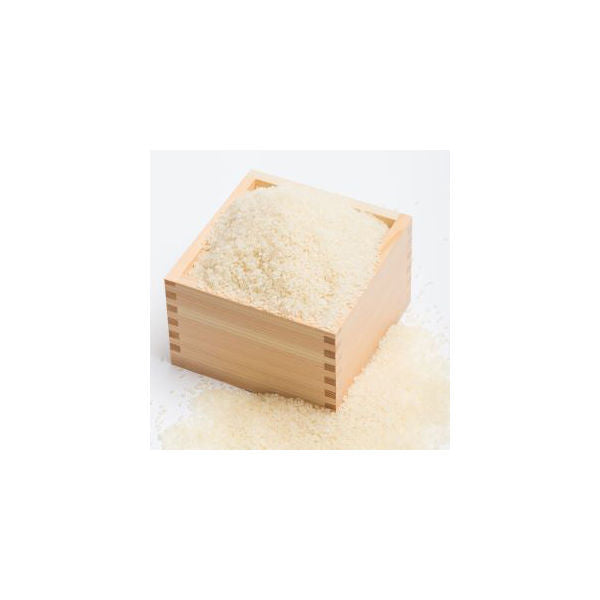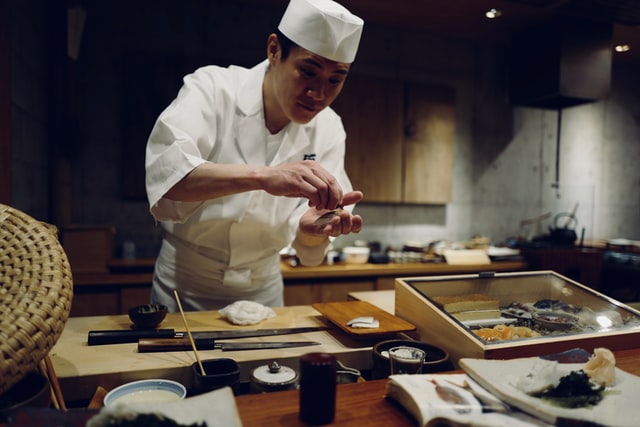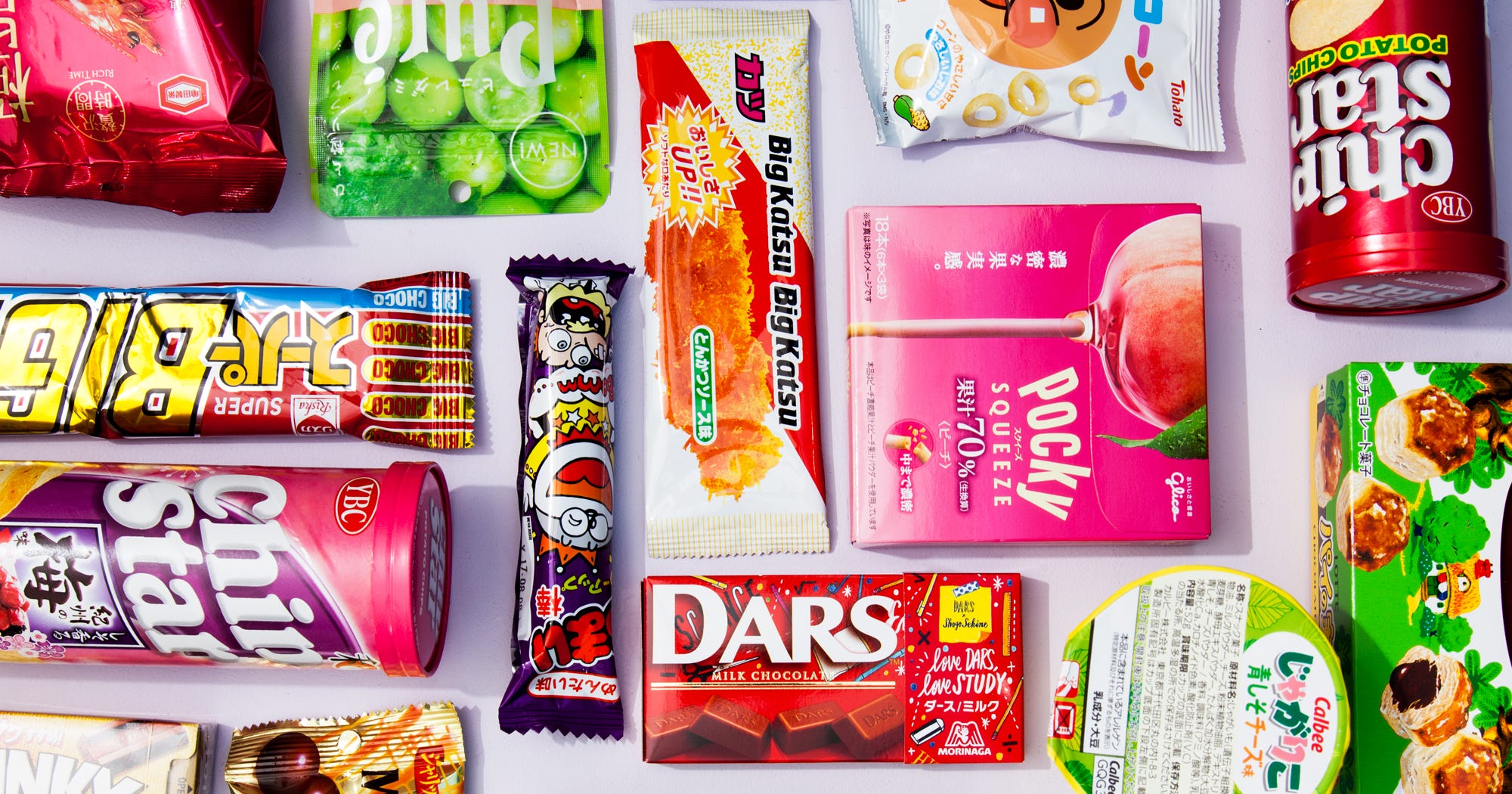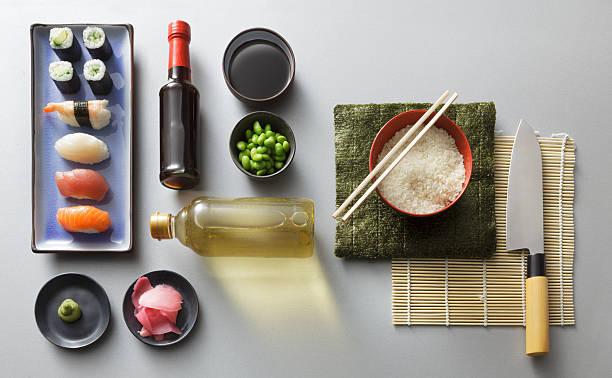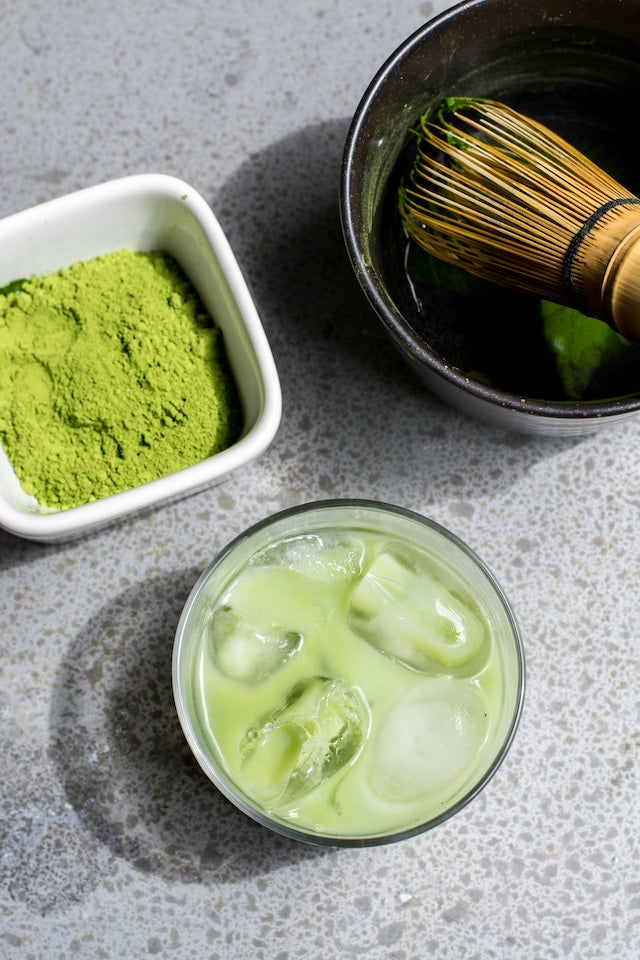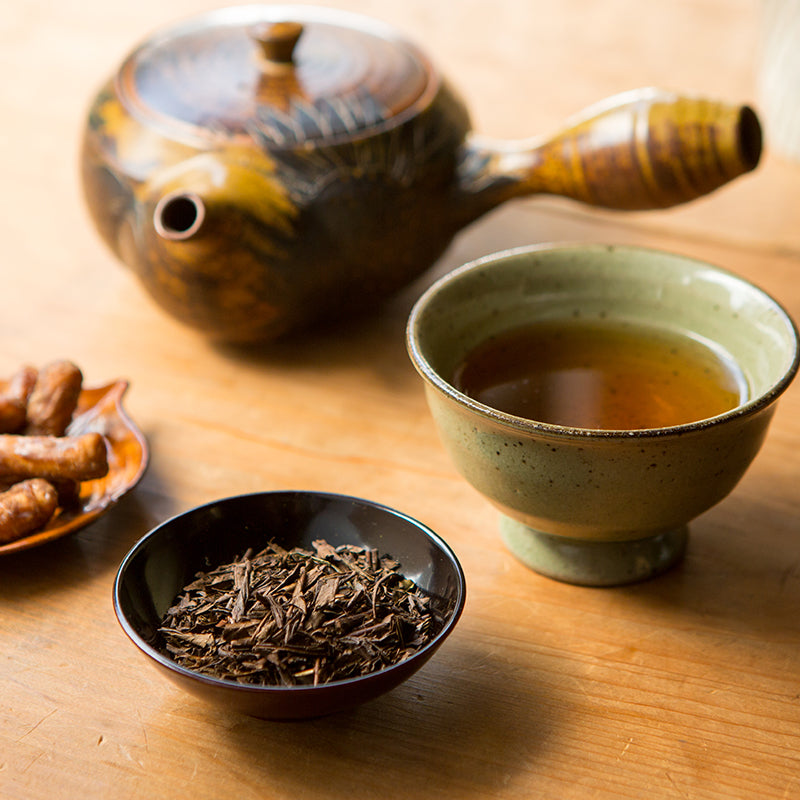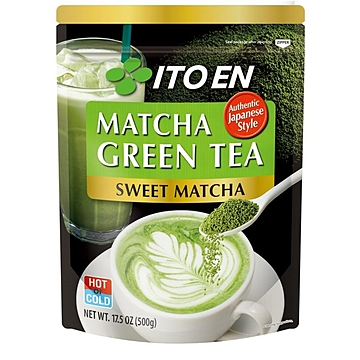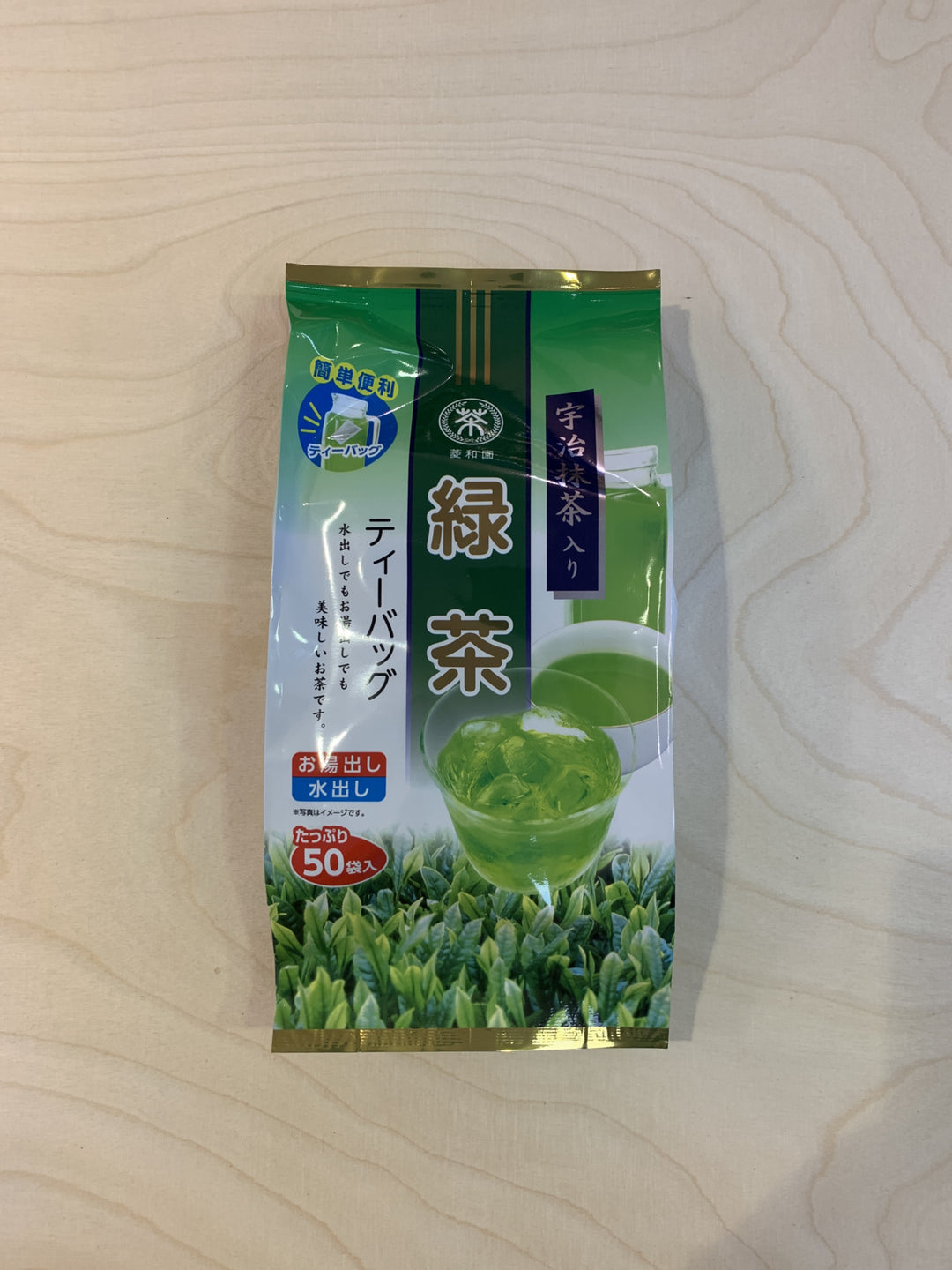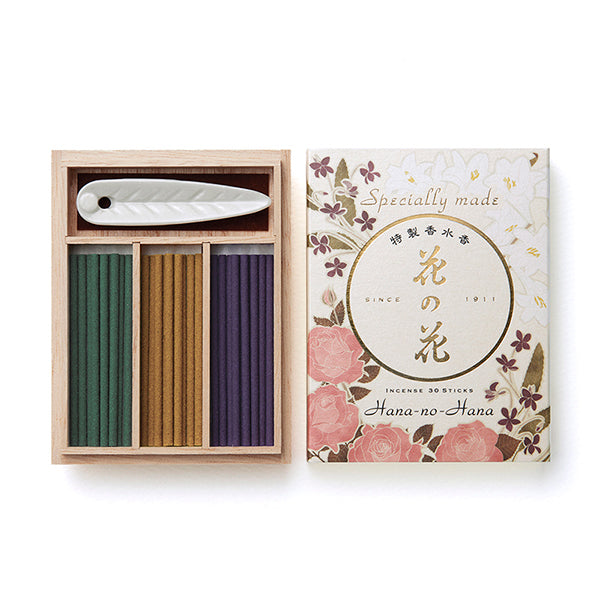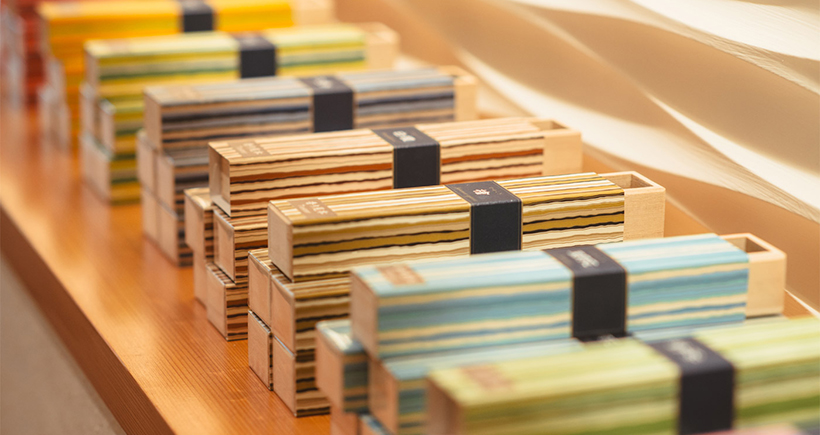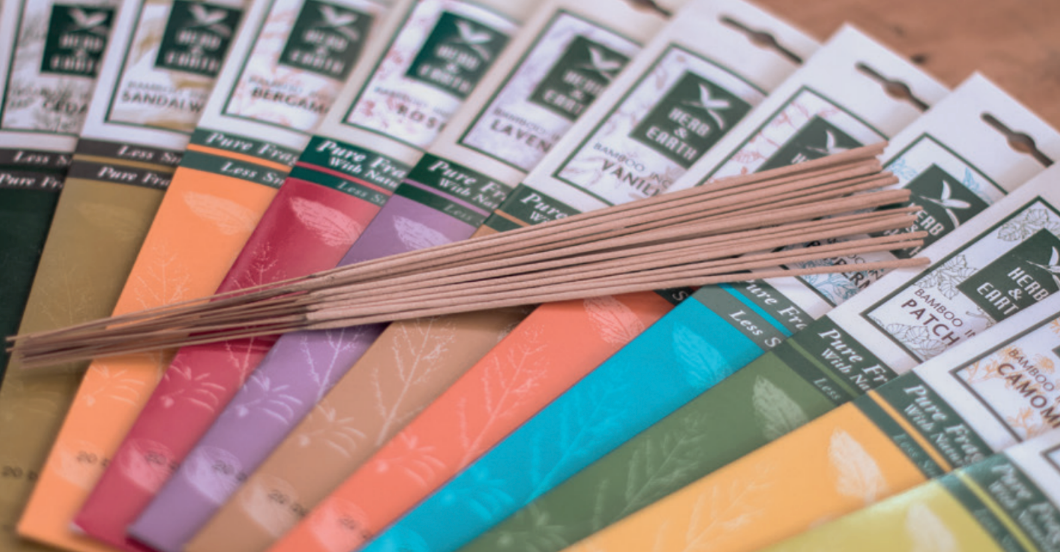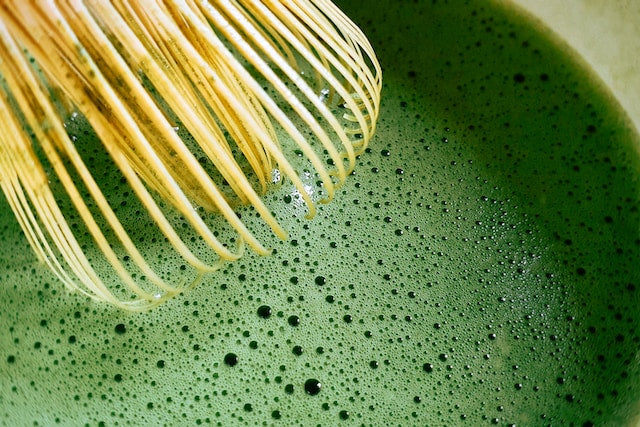
Matcha Powder
Japan Uji Region Matcha
Matcha from Japan is renowned for its high quality, vibrant green color, and unique flavor profile, which includes a balance of umami, sweetness, and slight bitterness. Here are some key points about Japanese matcha:
Origins and Cultivation
- Regions: Some of the most famous matcha-producing regions in Japan include Uji in Kyoto, Nishio in Aichi, Shizuoka, and Fukuoka. Uji is particularly well-known for its long history and exceptional matcha quality.
- Shade-Growing: Matcha is made from tea leaves that are shade-grown for about 20-30 days before harvest. This process increases chlorophyll levels, giving matcha its vibrant green color, and boosts the production of amino acids, particularly L-theanine, which contributes to matcha's umami flavor.
Processing
1. Harvesting: Only the young, top leaves of the tea plant are picked for matcha.
2. Steaming: The leaves are steamed to prevent oxidation, which helps to preserve their color and nutrients.
3. Drying: The leaves are then dried.
4. Grinding: The dried leaves are stone-ground into a fine powder. This traditional method helps to maintain the quality and flavor of the matcha.
Grades of Matcha
- Ceremonial Grade: The highest quality matcha, used in traditional Japanese tea ceremonies. It has a smooth texture, vibrant color, and a delicate, slightly sweet flavor.
- Premium Grade: Slightly lower in quality than ceremonial grade, but still very good for daily consumption. It's suitable for drinking straight or in lattes.
- Culinary Grade: Used for cooking and baking. It has a stronger flavor and a slightly more bitter taste, which stands out in recipes.
Health Benefits
Matcha is rich in antioxidants, particularly catechins, which have various health benefits, including:
- Boosting metabolism: Matcha can help increase metabolism and aid in fat burning.
- Enhancing focus and calm: The combination of caffeine and L-theanine in matcha provides a calm alertness without the jittery feeling often associated with coffee.
- Detoxification: The chlorophyll in matcha helps to detoxify the body.
- Immune support: Matcha contains vitamins, minerals, and antioxidants that support the immune system.
Preparation
- Traditional Method: Prepared using a bamboo whisk (chasen), a tea bowl (chawan), and a tea scoop (chashaku).
- Modern Uses: Matcha is also popular in lattes, smoothies, desserts, and savory dishes.
When selecting matcha, look for reputable brands that source their matcha directly from Japan and specify the region of origin. This ensures authenticity and quality.



